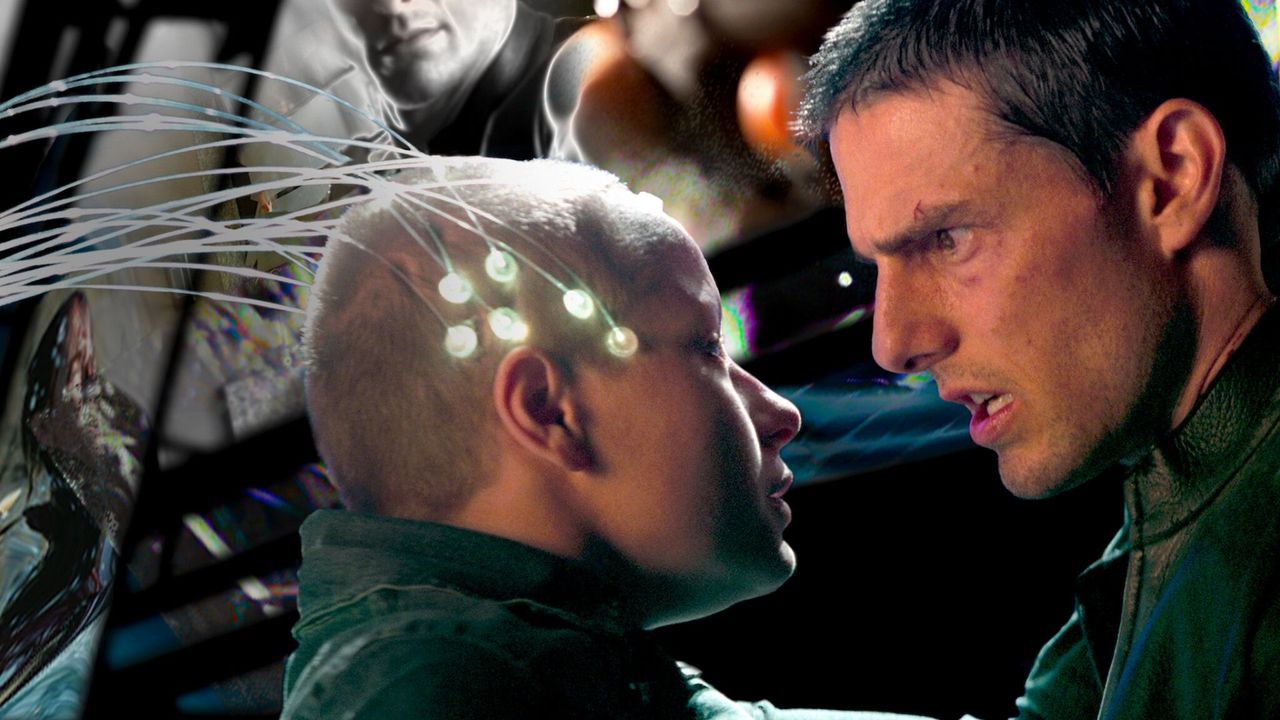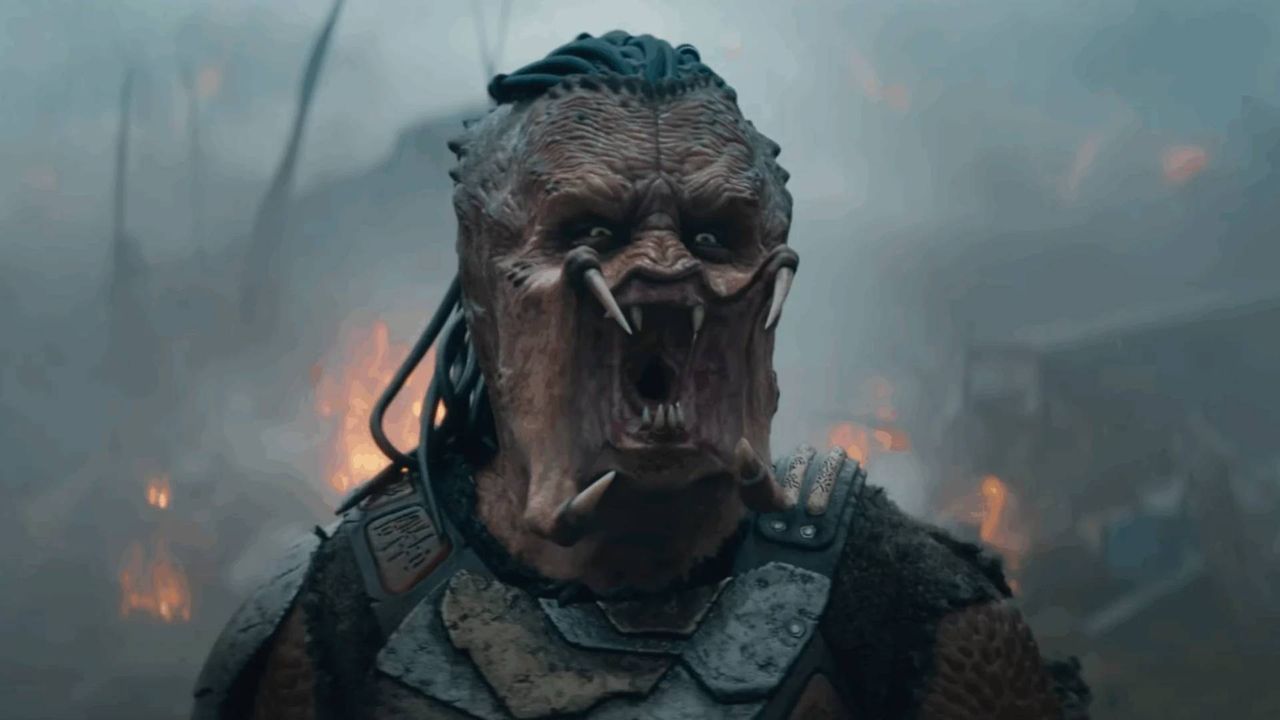Wicked: For Good’s Daring Decision to Hide Dorothy’s Face Sparks Fiery Debate on Artistic Freedom and Narrative Authenticity in Modern Adaptations of Classic Tales
The world of theater has always been a battleground for differing interpretations and creative liberties, and the upcoming musical sequel, Wicked: For Good, is no exception. As the latest installment in the Wicked franchise gears up for its release, it has ignited a controversial discussion among fans and critics alike regarding the artistic choices made by its director. Most notably, the decision to depict Dorothy from The Wizard of Oz, yet deliberately withhold her face from view, has prompted a fierce debate on the boundaries of artistic expression and the role of iconic characters in reimagined narratives.
Wicked, the original musical based on Gregory Maguire’s novel, has already established itself as a modern classic, reinterpreting the tale of the Wicked Witch of the West, Elphaba, and her relationship with Glinda the Good Witch. This prequel to The Wizard of Oz delves deep into themes of friendship, power, and societal perception, challenging the simplistic binary of good versus evil that has long dominated the narrative surrounding these beloved characters. The choice to omit Dorothy’s face in the sequel appears to further this complex exploration, focusing the narrative squarely on Elphaba and Glinda’s evolving journey without the overshadowing presence of the iconic Kansas girl.
The decision to obscure Dorothy’s identity has raised eyebrows, drawing parallels to broader societal discussions about representation and the visibility of marginalized voices. In an era where diverse storytelling is championed, some argue that this choice may minimize the significance of Dorothy’s character, whose journey represents the archetypal hero’s quest. Critics of the decision might contend that by reducing Dorothy to a mere background figure, the creators risk alienating fans who hold a deep-rooted affection for the character and her pivotal role in the original tale. This aspect of the adaptation speaks to a larger cultural shift, where the emphasis on character depth and narrative complexity sometimes comes at the expense of traditional character portrayals.
Proponents of the decision, on the other hand, may argue that the artistic merit of Wicked: For Good lies in its ability to challenge the audience’s expectations. By opting not to show Dorothy’s face, the creators effectively shift the narrative focus back to Elphaba and Glinda, allowing them to reclaim their stories from the established lore of The Wizard of Oz. This move aligns with the modern trend in storytelling that seeks to unearth the complexities of characters traditionally viewed as antagonists. Elphaba’s story, particularly, is one of empowerment and self-discovery, and placing her journey at the forefront allows for a more nuanced exploration of her character beyond the confines of her supposed wickedness.
Moreover, this artistic decision can be seen as a commentary on the nature of fame and legacy in the age of social media, where the faces of public figures often overshadow the work they produce. By concealing Dorothy, the production asks audiences to consider the value of the story itself rather than the recognizable face that has historically been associated with it. This subversion of expectations can lead to a richer experience, one that encourages viewers to engage with the underlying themes rather than simply relying on nostalgic sentimentality.
The theatrical landscape has always been a reflection of societal values, and the approach taken by Wicked: For Good is emblematic of the ongoing evolution in how stories are told and who gets to tell them. In recent years, adaptations of familiar narratives have increasingly focused on the perspectives of characters who have historically been marginalized or sidelined. This trend aligns with broader cultural movements that seek to amplify diverse voices and challenge traditional narratives. By centering Elphaba and Glinda, the creators of Wicked: For Good align themselves with this progressive movement, even as they navigate the potential backlash from fans of the original material.
As audiences anticipate the release of Wicked: For Good, the discussions surrounding Dorothy’s presence—or lack thereof—will likely continue to unfold. The decision to hide her face may be seen as a bold artistic statement, but it also serves as a litmus test for the evolving landscape of theater and the expectations audiences hold for adaptations of beloved classics. As the lines between nostalgia and innovation blur, the world will watch closely to see how this sequel to Wicked reconciles its ambitious vision with the legacy of The Wizard of Oz and its enduring characters. The implications of this decision extend beyond mere spectacle; they touch on the very core of how stories are constructed and whose voices are amplified in the retelling of these timeless tales. The conversations ignited by this choice may well shape the future of theater and the stories it chooses to elevate, challenging creators to navigate the fine line between reverence for the past and the desire for artistic freedom.




